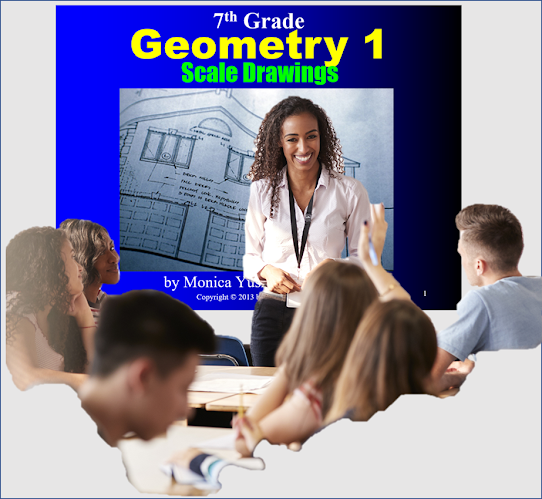Direct Instruction
In my last post I talked about Dr. John Hattie's 15 year study comparing meta analysis studies on student achievement. He averaged the "effect size" scores and then compared them on a continuum from high to low as to what methods or ideas worked best. In the area of types of teaching, Direct Instruction (0.59 - effect size) was at the top with the exception of Reciprocal Teaching (0.74) which is more adaptive to other topics like reading. Small group instruction (0.49) which has become very popular with the differentiated instruction push did not do as well. Now here is another surprise. After Common Core Standards came onto the scene other types of teaching were being pushed: inquiry-based teaching (0.31), computer-assisted instruction (0.37), web-based learning (0.18), visual/audio-visual methods (0.22), simulations (0.33), programmed instruction (0.24) and with the COVID19 outbreak distance education (0.99). Although I do support and see the great advantages of using hands-on manipulatives in math when you are trying to teach conceptual understanding, you can easily see that direct instruction is by far the best method to teach mathematic concepts and procedures. This is also why my Effective Math Lessons are set up to be taught with the direct instruction model.
Direct Instruction, (not the commercial program) refers
to (1) instructional approaches that are structured, sequenced, and led by
teachers, and/or (2) the presentation of academic content to students by
teachers, such as in a presentation or demonstration. In other words,
teachers are “directing” the instructional process or instruction is being
“directed” at students.
Establishing learning objectives for lessons, activities, and projects, and then making sure that students have understood the goals.
Purposefully organizing and sequencing a series of lessons,
projects, and assignments that move students toward stronger understanding and
the achievement of specific academic goals.
Reviewing instructions for an activity or modeling a
process—such as a scientific experiment—so that students know what they are
expected to do.
Providing students with clear explanations, descriptions,
and illustrations of the knowledge and skills being taught.
Asking questions to make sure that students have understood
what has been taught.
Practicing the skill with the students called guided
practice.
Assigning more practice with the skill called independent
practice or homework.
Hattie, John (2009). Visible Learning, A Synthesis of Over 800 Meta-analyses Relating to Achievement, Routledge Taylor & Francis Group, London and New York
Engelmann (2007). Teaching Needy Kids in our Backward System, ADI Press





Comments
Post a Comment